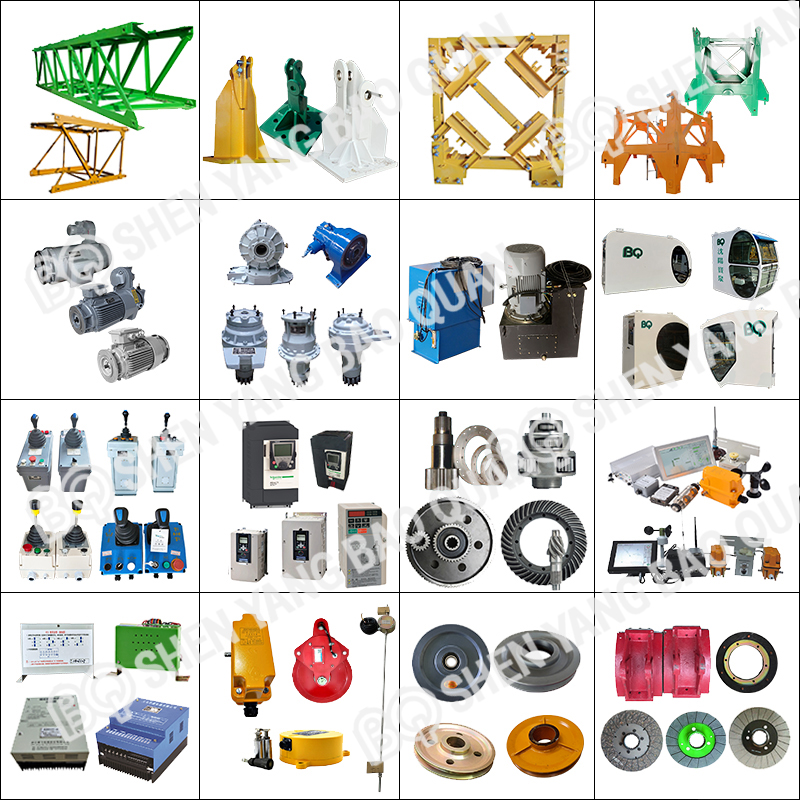The lack of directional guidance for the Baltic Sea dry bulk freight index decline
The Baltic dry bulk freight index fell 1.21% or 36 points, 2,940 points on Tuesday, and fell for the second consecutive trading day. The index measures the transportation costs of iron ore, cement, grain, coal, and fertilizers.
Derek Langston, a director of SSY Consultancy, said, "At present, the market lacks directional guidance, and both the spot and derivatives markets are."
“The ship loading activities in the Capesize market in October seem to have slowed somewhat, but the current number of shipments is not sufficient to provide clear guidance for the market.â€
The Baltic dry bulk freight index has been fluctuating sharply this year, as was the case in 2009, as China’s demand for iron ore fluctuates.
In recent weeks, the Capesize market has been turbulent. The increase in freight rates in August was driven by China's imports of iron ore from Australia and Brazil, as the government of Karnataka, India, announced at the end of July that it had prohibited the export of iron ore from ten ports in the region.
Karnataka is India's main iron ore production and export region, which produces 46 million tons of iron ore annually, accounting for about one-fifth of India’s total annual production of 215 million tons.
The Baltic's capesize index fell 1.45% on Tuesday, and the average Capesize profit fell to US$39,849.
The Baltic's panamax index fell by 2.05% on Tuesday and the average profit fell to US$26,493, while the Supper-Ship Freight Index fell by 0.05%.
Brokers said that the expectation that U.S. cereal export activities will remain strong will support the small-scale shipping market later this year, as a result of Russia’s implementation of a grain export ban to help U.S. exports.
According to DnB NOR Markets, “strong market sentiment support due to grain export conditions and high iron ore bookings during October-December may be expected to weaken in the coming months. Dry bulk carriers are expected in 2011. The transportation market will begin to face difficulties."
More generally, 90% of the commodities traded globally are transported by sea, so brokers and analysts say that worries about the pace of global economic recovery may hurt the shipping market.
The data released by the US Department of Commerce on Tuesday showed that retail sales rose more than expected in August and was the largest increase in five months, mainly due to the strong sales of gas stations and clothing stores, which further eased the concerns of the second recession.
The US retail sales in August rose by 0.4% from the previous month and was forecast to grow by 0.3%. After correcting in July, it increased by 0.3%, and the previous value rose by 0.4%.
In the United States, retail sales for vehicles deducted from the month of August grew by 0.6% from the previous month, and it is estimated that the growth was 0.3%. In July, it was revised down to 0.1%, before the growth was 0.2%.
The US retail sales in August rose at an annual rate of 3.6%, and the annual sales rate of cars deducted from the car rose by 4.8%.
The data further eased concerns about the double-low recession.
Analysts said that this year's shipping costs are expected to be under pressure as a large number of new ships will be launched in 2010 and 2011, although there are indications that part of the vessel construction has been cancelled and postponed. Although the current situation is optimistic, some people are still worried about the global economic slowdown, especially the United States and China, which may damage the shipping.
According to SSY, there are already 139 cape-type vessels to be delivered this year, and another 10 tankers will be added. Last year, the total number of sea-hull vessels increased by 112 ships and 31 tankers.
SSY expects a net increase of 72 million dwt in vessel tonnage this year, compared with 38 million dwt last year and 27 million dwt in 2008.
Langston said, "On the one hand, trade growth has rebounded strongly from last year's downturn, but it will continue to weigh on the profitability of ships in view of the current level of vessel increase."
Tower Crane Electrical Parts refer to the elctric parts for tower crane such as Crane Anemometer, tower crane resistor, Slewing Control Block, Frequency Inverter, Encoder, Circuit Breaker, Tower Crane Transformer, Tower Crane PLC, Slewing Controller are quite common spare parts inside the Electrical Cabinet.
Crane Electric Parts help to build the electrical control system and make the Tower crane work. Besides electric parts, we also provide other spare parts for tower crane, such as tower crane Steel Structure, Mast Section , Fixing Angle , Tower Crane Cabin, tower crane mechanisms, tower crane cable, steel Wire Rope and so on.

Crane Electric Parts,Crane Anemometer,Tower Crane Electrical Parts,Slewing Control Block,Frequency Inverter
SHEN YANG BAOQUAN BUSINESS CO., LTD , https://www.sczenghui.com